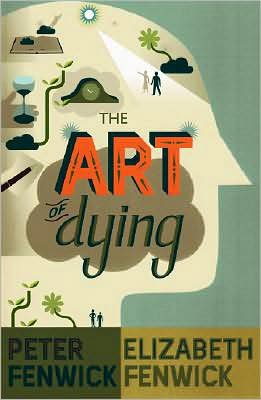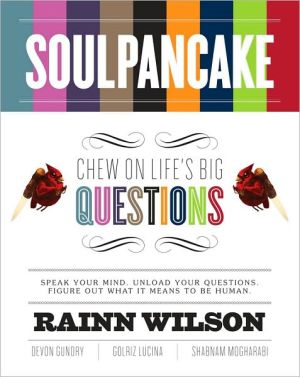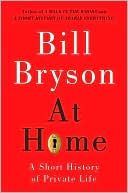Art of Dying
A new book to help the dying, their loved ones and their health care workers better understand the dying process and to come to terms with death itself.\ The Art of Dying is a contemporary version of the medieval Ars Moriendi—a manual on how to achieve a good death. Peter Fenwick is an eminent neuropsychiatrist, academic and expert on disorders of the brain. His most compelling and provocative research has been into the end of life phenomena, including near-death experiences and deathbed...
Search in google:
"The Art of Dying contains accounts by the dying, and those who have been with the dying in their final hours, which help us to understand that death is a process. The experiences suggest that we are looked after throughout the transition from life to death by loved ones who come back to take us. Rational, scientific explanations for these experiences are hard to find, and it is almost impossible, in the face of them, to sustain the current scientific view that our consciousness is entirely brain-based. The evidence suggests we are more than brain function, and that something - soul or spirit or consciousness - will continue in some form or another for a while at least." We can ensure a 'good death' for ourselves and help those we love achieve it too. The Art of Dying demonstrates that we can face death with a peaceful and untroubled mind; that death is not a lonely or a fearful journey, but an intensely hopeful one. Publishers Weekly Deathbed visions and coincidences are often classified as supernatural phenomena and the stuff of bad late-night television. But do such classifications do a disservice to the experiences of the dying and the bereaved? Through lengthy oral histories of eerie telepathic and paranormal phenomena, this book attempts to strip away the stigma from analyzing the inexplicable-yet commonly reported-odd incidences that accompany death-the "feeling of unease," the visit from the dying. The authors argue that these reported experiences must be studied, even if they deviate from conventional understanding of the "real" or "normal." What if our minds were wired in a way that has not yet been documented by science? What if hospice workers were more open to the experiences of the dying? Although the Fenwicks' exuberance frequently feels naïve, the scores of testimonies-as well as Peter Fenwick's renown as a neuropsychiatrist-do lend their queries credibility. Ultimately, the authors demonstrate that it may be immaterial if these stories are scientifically plausible since merely documenting these incidences can heighten our understanding of the mind during death and enhance our ability to comfort the dying and their families. (Aug.)Copyright © Reed Business Information, a division of Reed Elsevier Inc. All rights reserved.
1 The Start of the Journey 12 Talking to Carers 153 Deathbed Visions 234 Deathbed Coincidences 475 Deathbed Visions: Finding Explanations 776 Explaining Coincidences 937 Bereavement and Hallucinations 1198 Grandfather's Clock and Other Odd Incidents 1299 Visions of Light and Mist 15110 The Search for the Soul 17311 The Last Frontier: The Unsolved Problem of Consciousness 18512 Consciousness and the Near-Death Experience 20313 Dying a Good Death 21314 The Journey to Elsewhere: Coming to Terms with Death 233Notes 243Index 249
\ Publishers WeeklyDeathbed visions and coincidences are often classified as supernatural phenomena and the stuff of bad late-night television. But do such classifications do a disservice to the experiences of the dying and the bereaved? Through lengthy oral histories of eerie telepathic and paranormal phenomena, this book attempts to strip away the stigma from analyzing the inexplicable-yet commonly reported-odd incidences that accompany death-the "feeling of unease," the visit from the dying. The authors argue that these reported experiences must be studied, even if they deviate from conventional understanding of the "real" or "normal." What if our minds were wired in a way that has not yet been documented by science? What if hospice workers were more open to the experiences of the dying? Although the Fenwicks' exuberance frequently feels naïve, the scores of testimonies-as well as Peter Fenwick's renown as a neuropsychiatrist-do lend their queries credibility. Ultimately, the authors demonstrate that it may be immaterial if these stories are scientifically plausible since merely documenting these incidences can heighten our understanding of the mind during death and enhance our ability to comfort the dying and their families. (Aug.)\ Copyright © Reed Business Information, a division of Reed Elsevier Inc. All rights reserved.\ \








